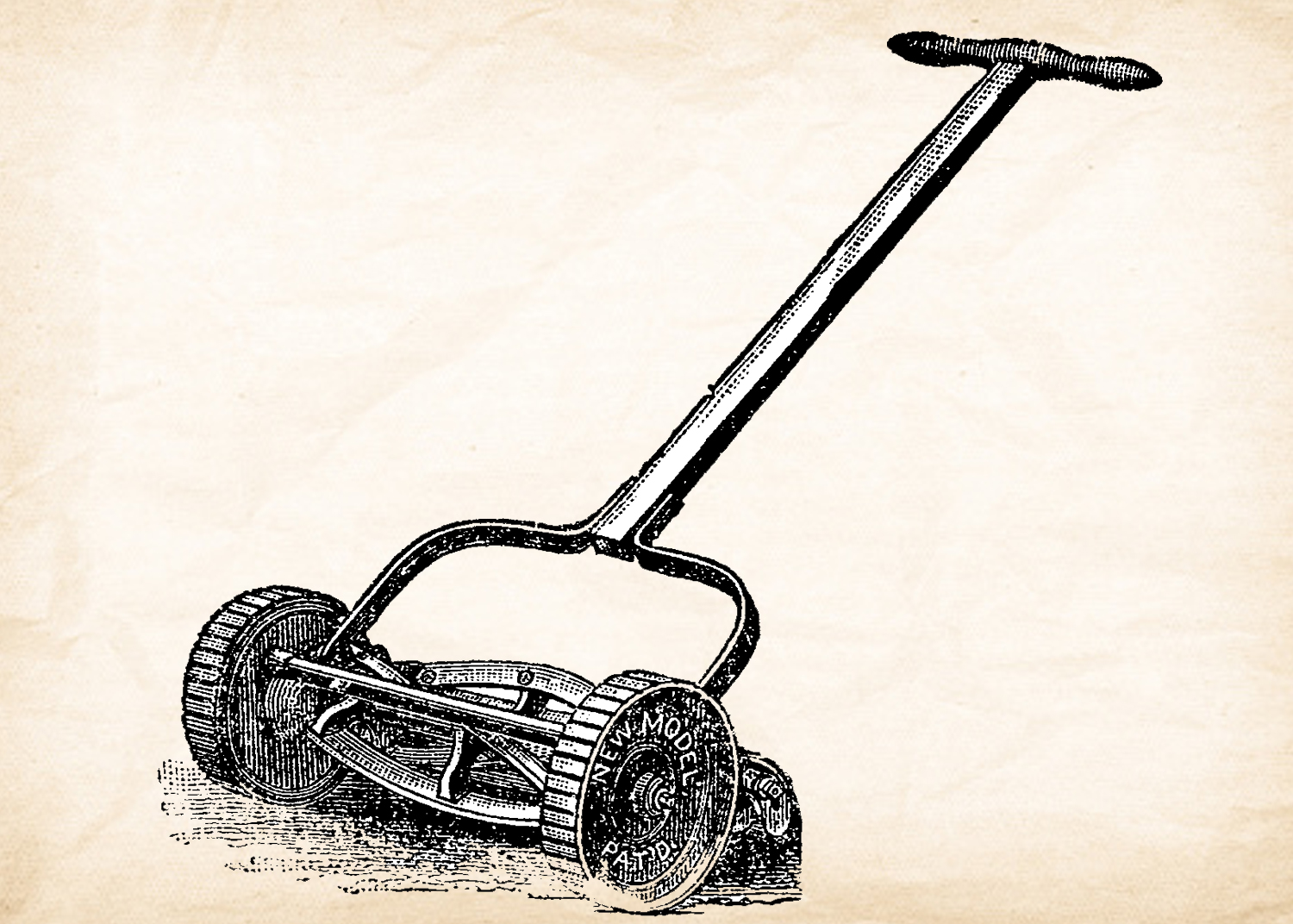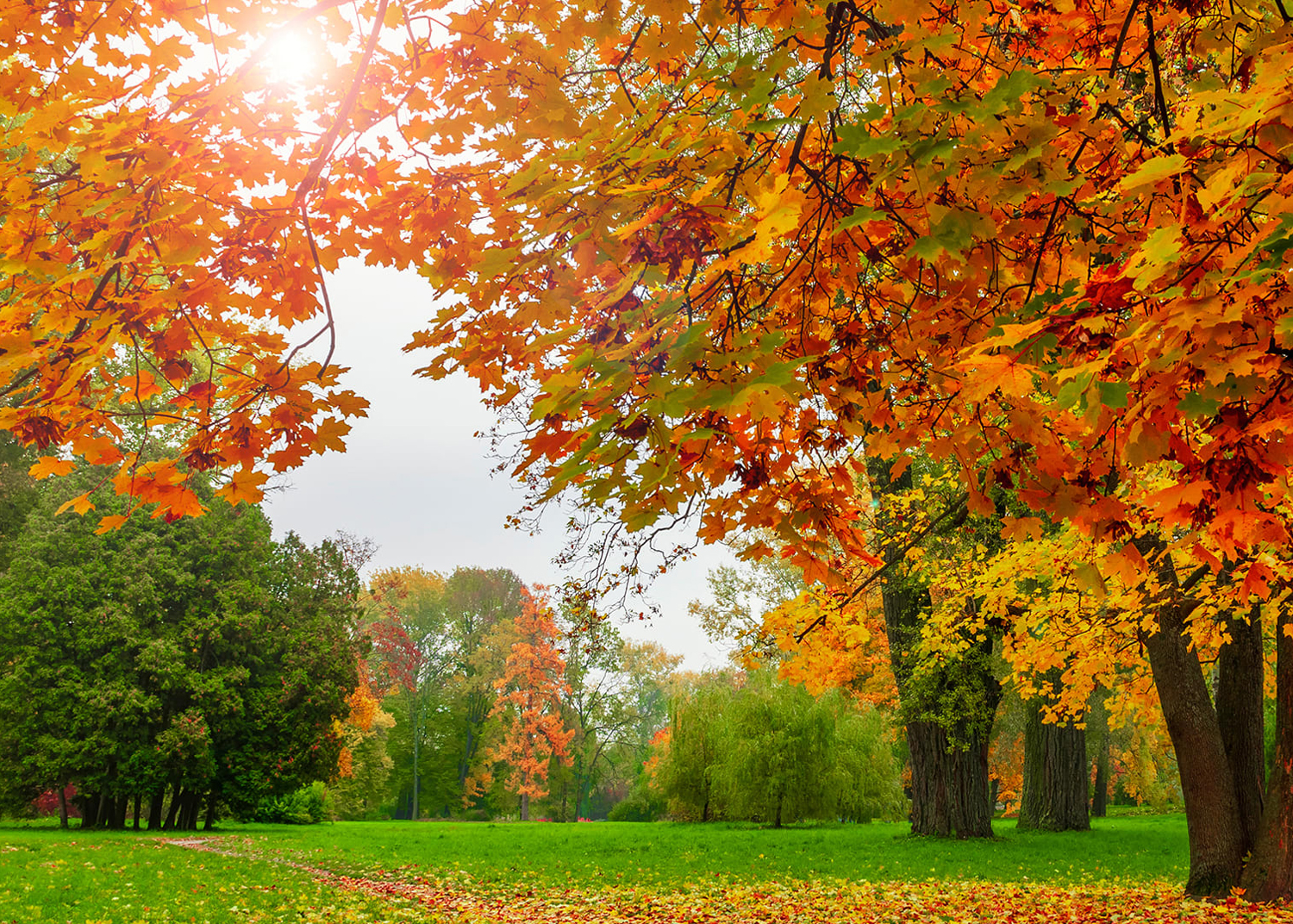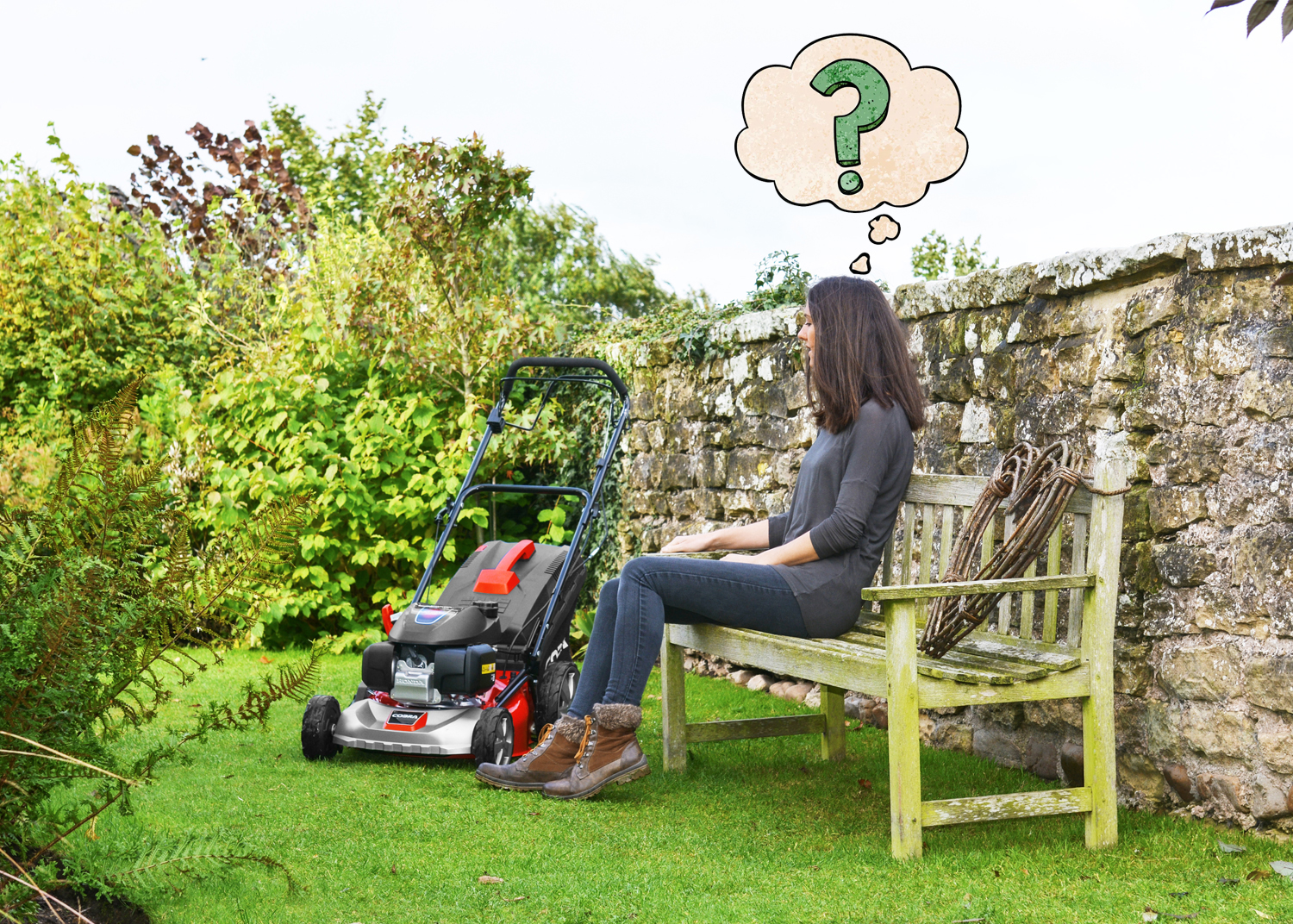What on earth are you growing?
- By Jules MacIntyre
- 15 Jun 2021

Clay is number one for nutrients
We are all familiar with the reputation that clay soil has for being difficult to work, taking extra effort to dig over borders or needing the help of a cultivator. They also tend to ‘bake hard’ in summer, take their time to warm up and can be become easily waterlogged as we experience a wetter climate and concentrated bursts of rainfall. However, if you live in area of clay then it is not all bad news. Clay soils are full of nutrients that adhere to the fine clay particles and the fact that they retain moisture can be a positive for trees such as apple, pear and magnolia that we wouldn’t normally ‘water’ like a flower bed.
It’s also important to remember that using organic matter such as compost, leaf mould or even bark chippings in Spring can help to break down the clay and aid better drainage, as can adding grit if water-logging is a constant issue. Try tackling your clay beds in the Autumn before it gets too wet (never when they’re waterlogged or frozen) and then let the winter frosts break it up further. Specialist products such as a Clay Buster from Sarah Raven are also a great idea as they aid drainage, improve structure and release nutrients held within the clay, while being sustainably produced from bracken and manure.
Plants that thrive on a clay soil include Hydrangeas, Buddleia and climbers such as Common Honeysuckle or Lonicera Periclymenum. Perennial choices for clay are extensive, embracing Hostas, Helibores, Asters, Anemones, Rudbekia and even Geraniums will all live happily on clay. Roses thrive on it too. We particularly like the Shrub Roses from David Austin which are bred for health and hardiness, including the Emily Bronte and Dame Judi Dench. Shrubs are a good idea if you don’t want to dig over the heavier soil including Deutzia, Philadelphus, Weigela and Forsythia.
Giving your sand a helping hand
It’s hardly surprising that sandy soils will usually hold little water and drain well. They also heat up quickly and will be warm enough in Spring for early sowing, while also proving easy to cultivate as they tend to be lighter for digging. However, sandy soil can also be dry and lower in nutrients such as nitrogen, phosphorus and potassium so the best idea is to work with these characteristics and plan a scheme of acid-loving plants (also known as ericaceous plants) that thrive on a PH value of around 4-5 (with 7 as neutral and above this being alkaline).
Lots of organic matter such as manure, compost or leaf mould will of course improve sandy soils, plus mulch or bark helps to reduce the ever-present challenge of moisture loss and the need for watering. Furthermore, digging over in late Winter or early Spring and then adding a slow release fertiliser such as Osmocote will give you a soil that is able to nourish plants for longer. If you want to minimise the expense and effort of constant soil improvement though, choose plants such as Lavender, Buddleia, Choisya, Verbenas and our personal favourite, Agapanthus. Climber-wise then look for varieties of Hedera, Jasmine and Lonicera While wisteria will also thrive. Japonica and Berberis are solid choices of shrubs on sandy soils as are Cortaderia varieties if you want grasses within your garden scheme.
Chalking up success on alkaline soil
Chalky soils are alkaline in nature with a PH value of greater than 7 and are sometimes known as ‘lime rich’ due to their high calcium carbonate content. They can be dry, shallow, low in nutrients and often contain flint which can be a pain when digging. While varying in type, from lighter and more peaty forms to ones that have a heavier clay content, their commonality is their free-draining properties and inability to hold water. Adding plenty of moisture-holding organic matter or even importing top soil will be a regular pastime if you live in places such as The Chiltern Hills or on the South Downs, as will breaking up larger pieces of chalk so plants have more of a chance to establish a root system.
While it is often not easy gardening on a very chalky soil, there are some plus points including excellent structure which means that they make very good ‘no-dig’ gardens. Chalk is also particularly well-suited to the more organic gardener as wildflowers naturally thrive on nutrient-poor chalk. Herbs including bay, thyme, marjoram, rosemary, sage and fennel will also be happy additions to a fragrant chalk garden.
Your chalk-loving plants will obviously need to be chosen with care. Hardy annuals such as Californian Poppies create a natural looking display of colour on even the poorest soils, and if you leave the seed heads after flowering, they will pop up again next year with renewed vigour. Peonies and wallflowers also tend to do well as do Hostas, Doronicum, Rudbeckia and Dianthus. Shrubs recommended for chalk include blue-flowering Ceanothus, Hydrangea,Ooleander, Deutzia and Lilacs. Plus we musn’t forget that the prettiest annuals donlt object to chalk, with Cornflowers, Calendula and Sweet Peas all happily at home on it.
You’re on to a winner with loam
If you have loam in your garden then frankly, you have won the soil lottery. Loams are the ideal balance of three soils including sand, silt and clay with particle size reducing with each type. This is important as a mixture of sizes means that the soil is aerated, with oxygen easily passing through it. Loam also pulls off the master stroke of being able to retain water to keep plants hydrated, while also draining easily so their roots do not sit in wet soil and rot. Finally, the clay content means that nutrients cling to the soil particles, keeping plants healthy and well-fed throughout the year.
While occurring naturally in only a few lucky spots, it is possible to create your own more ‘loamy’ soil. Rather than just importing it by the bagful or even lorry load, it can be built over time using organic material that attracts living organisms that will break down leaves, bark and all sorts of manure if applied to a depth of a couple of inches in the Autumn and then dug over the following Spring.
Leave the peat in its natural home...
One word of caution is to avoid buying peat-based compost to add to your soil beds. Not only does it release carbon dioxide when added to your garden and compound the greenhouse effect, but the delicate biodiversity of peat bogs is being radpidly eroded by its commercial use. We are not big fans of it at The Green Reaper. If you do want to give your soil an extra boost, why not try Earth Cycle’s Peat Free PAS100 Compost Soil Conditioner, made form dense organic matter which both aerates clay soil and improves the structure and sandy soils while aiding moisture retention.
We hope that you’ve found this quick soil summary useful and it will inspire you to find out more about what lies beneath your favourite plants and shrubs. Our soil really is the unique life force that deserves to be looked after by us all.





